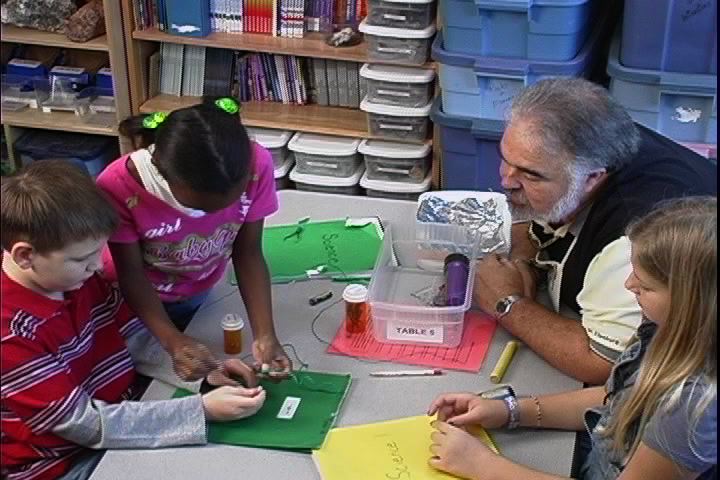


Many of us in Florida are combining lessons dealing with water cycles, water conservation and the fragility of ecosystems. This is a lesson I wrote for our district almost 20 years ago and was later published by learning Magazine. You have seen the pictures I have shared on the side and here is the explanation.
While learning about the fragility of our water resources in Florida my fourth graders complete a challenge related to water pollution and reclamation. My students are given the challenge of taking dirty water and cleaning it. The “dirty water” is water to which I have added raisins, coffee grounds, crushed tea leaves, a few drops of vinegar and cooking oil. The result is a pretty good representation of water that might be found at a water treatment plant, only without dangerous parasites and bacteria. Small groups of three or four students are then given the tools for “cleaning” the water. Tools include a strainer, three coffee filters, funnels, extra cups, straws and a spoon. Each group additionally receives a cloth dish towel for clean up and a plastic tub (shoe box size) in which the experiment will take place.
Groups have an hour in (two class periods in the lab) which to clean the water. At the end of the hour all of the cups of water are compared to determine clarity. We discuss if the water is actually clean and talk about things that can’t be seen which may harm us. As a follow up to this activity I take all of the cups of “clean water” and place them in a pot, which we bring to a boil. Using the pot cover as a condensation catcher we distill water. We compare the distilled water to a small sample of what the students cleaned, but we also talk about the amount of energy which was needed to distill water and the materials needed to initially begin our process of reclaiming water.
This activity is the hands on introduction to our real world science understandings. We follow up by going to our local water treatment plant, as well as the Orlando Wetlands Park, which is a wetlands reclamation project of the St. Johns Water District and reintroduces reclaimed water into the St. Johns River. The reaction to this activity has always been one of really appreciating how difficult it is to reclaim water after we have polluted it.
























